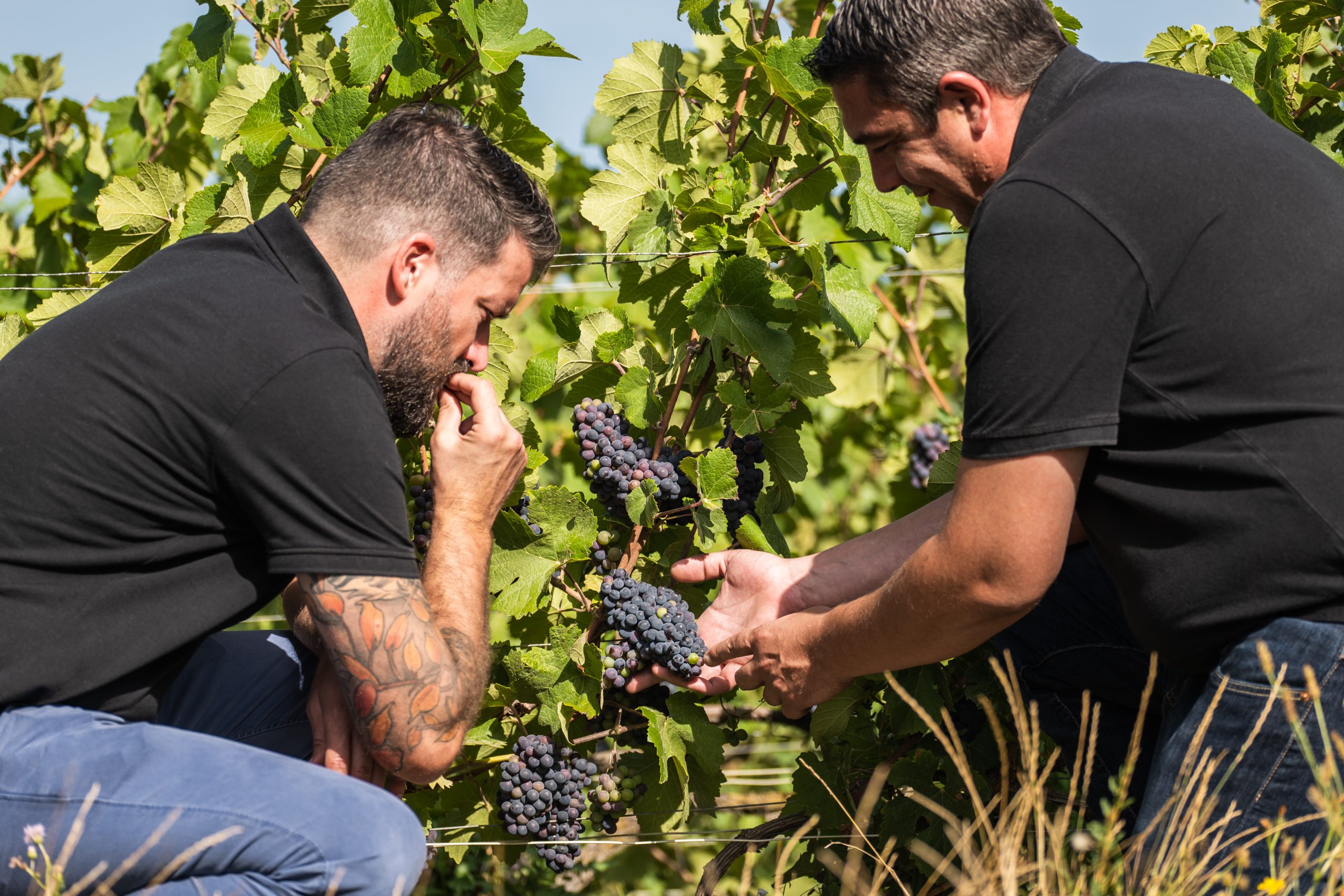This website uses cookies so that we can provide you with the best user experience possible. Cookie information is stored in your browser and performs functions such as recognising you when you return to our website and helping our team to understand which sections of the website you find most interesting and useful.
Collery flies the flag for non-vintage Champagnes
A Master medal for Champagne Collery proves the importance of paying close attention to non-vintage entry-level cuvées.

“Whatever you do,” says Romain Levecque, “it needs to be done as if it were your top cuvée.” It is a bold statement from a winemaker whose top cuvée, the Empyreumatic, costs around £100. Yet at Champagne Collery, that philosophy guides every expression, from its entry-level cuvée to the top releases. With a recent Master medal win for the Champagne Collery NV Brut Grand Cru, the strategy seems to be working.
Levecque’s reasoning is quite simple: all the wines are treated with equal care because any of them could contribute to a flagship bottle. It offers key advantages in the winery, as Champagne Collery has great flexibility in its blending and production. However, in meeting exacting standards, the producer commits itself to excellence from the very beginning.
Even before budburst, that commitment is already evidenced. Based in the village of Äy for more than a century, one of its selling points is its vineyard sites. Every wine in the portfolio is sourced exclusively from grand cru villages, including, of course, parcels from the noble terroir of Äy..
The hillside vineyards of the village largely face south with unimpeded sunshine, promoting ripeness even at such a northern latitude. Thanks to that reliable ripening, Pinot Noir dominates plantings over the less renowned, but more forgiving Pinot Meunier. With clay at the top and chalk on the midslopes, the vineyards allow for a careful balance between richness and elegance.
The Champagne Collery NV Brut Grand Cru matches that trend. Pinot Noir is the backbone, comprising 80% of the blend, while Chardonnay contributes the other 20%. In fact, fittingly for its location, Pinot Noir is the most used variety across Collery’s range, making up a majority of each wine except the blanc de blancs.
Like the other wines in the range, both alcoholic and malolactic fermentation take place in temperature controlled stainless steel, helping to preserve the freshness and elegance of the base wine. Only at the point of ageing do the base wines diverge according to their individual cuvées.
For the NV Brut Grand Cru, oak ageing lends some richness to the younger wine. 20% of the blend ages in 40 hectolitre oak barrels; the larger size strikes a balance between the gentle influence of oxygen and preserving the wine’s original character.
In dosage too, the wine differentiates itself. Indeed the nature of the dosage is the only differentiating factor between the brut and extra brut non-vintage wines. In the case of the Master medallist brut, the dosage is 8g/l. The Chardonnay-based liqueur de dosage is, unusually, aged in Sauternes Grand Cru barrels for an added complexity. Indeed, Levecque views the role of dosage in Champagne as akin to flavouring.
In this case, the flavouring seems to have worked. It was the only wine in the non-vintage category to win a Master medal at the Champagne Masters 2024, marking it as an outstanding example of its type. Judges praised the bottle for its aromas of yellow plum, peach, pear and strawberry, as well as its “exceptional concentration framed by brisk acidity and satin-textured mousse with a lingering, lifted finish”.
The house’s other bottles likewise saw success. The Blanc de Blancs, Blanc de Noirs and NV Brut Rosé Grand Cru were all awarded Gold medals by the expert judges. It indicates a commitment to quality across the board.
Yet it is fitting that Champagne Collery achieved the very top medal for its core cuvée. Building a solid foundation with the NV Brut Grand Cru is evidently supporting the house’s entire range.

